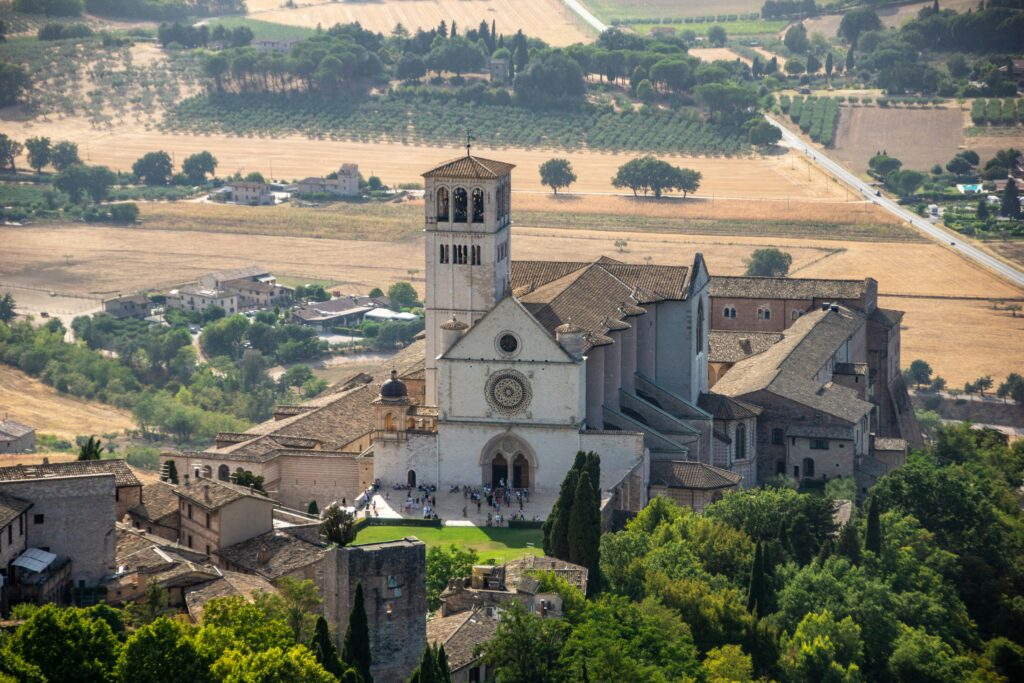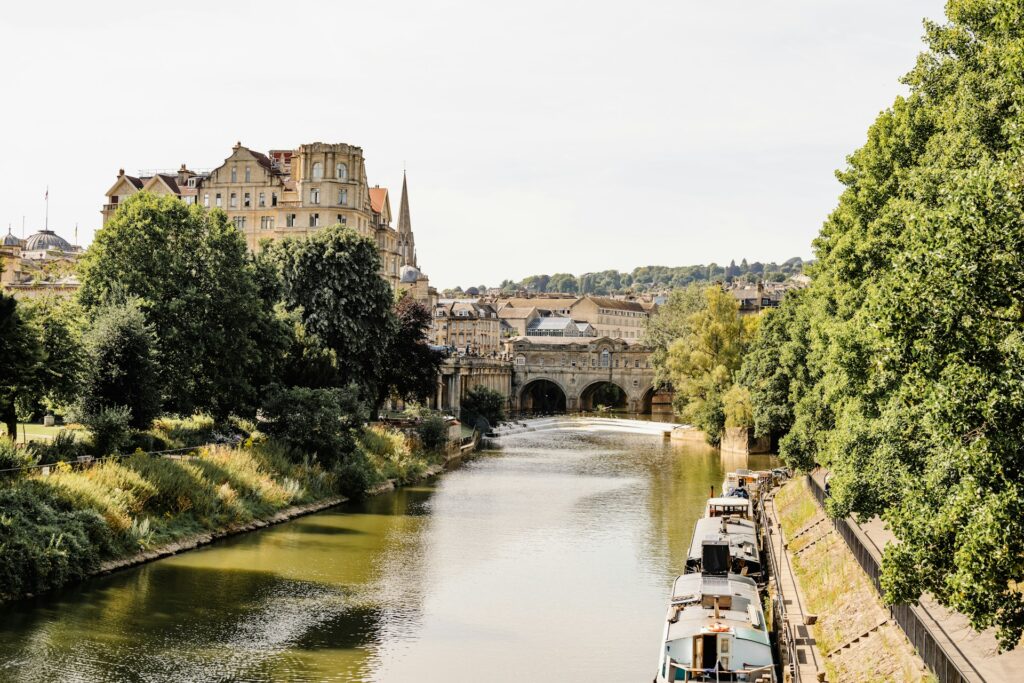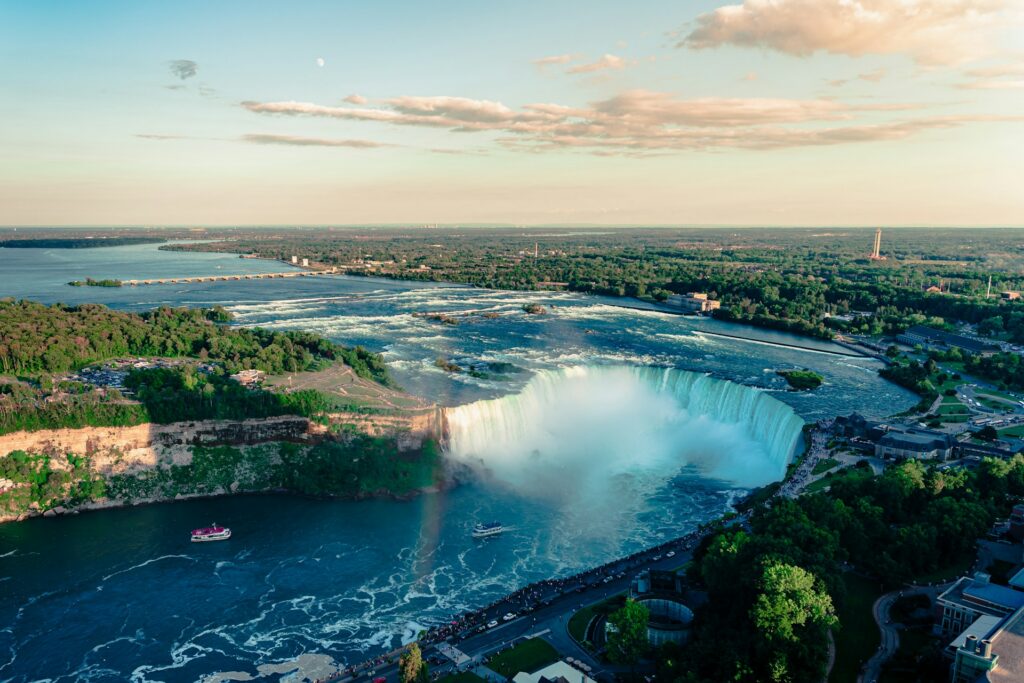With origins stemming back to the Aztec Empire, these iconic traditions have been passed on for centuries and have only grown in global popularity over time. From being featured in films like “Coco”, “The Book of Life” and “Spectre” to being recognised by UNESCO as part of the Intangible Cultural Heritage of Humanity, Mexico’s Day of the Dead is a truly special celebration. We dive into all things Día de los Muertos, from the ancient history to the contemporary traditions that represent this spectacular festival.
WHEN IS MEXICO’S DAY OF THE DEAD?
Read more: It all comes back to the plate: Food’s role in understanding culture
HISTORY OF MEXICO’S DAY OF THE DEAD
Aztec mythology centred around gods and goddesses. The goddess Mictecacihuatl, or the “Lady of the Dead” ruled the underworld watching over the bones of the dead, which were key to the afterlife. Mictecacihuatl was represented by a grinning skull face, which you still see as a symbol of Mexico’s Day of the Dead. The Aztecs held festivals each year to honour the gods and the spirits of dead ancestors and call them back to the living world.
When the Spanish invaded the Aztec empire in the 16th century Catholicism descended on the region. Catholics observe “All Saints Day” and “All Souls Day”, where the dead are honoured. These practices merged with Pre-Hispanic beliefs and traditions to create what we know today as Mexico’s Day of the Dead.
Read more: 11 of the world’s most unique and beautiful cultures around the world, in pictures
MEXICO’S DAY OF THE DEAD TRADITIONS
ALTARES & OFRENDAS
The altars are stacked with ofrendas (offerings) such as candles, photos, and beloved personal tokens or favourite foods. You’ll also find Mexican cempasúchiles (marigolds), sugar skulls and pan de muerto (traditional sweet bread). If the altar is for a child, it’s common to see small toys, favourite foods, cherished items, and a rug for a place for the souls to rest.
The items in ofrendas are often symbolic of the four elements. Ashes represent earth and tissue paper designs signify air. Meanwhile, candles offer light to guide the souls home, and water is there to help the souls quench their thirst after their journey.
Read more: Why you should add these Peruvian icons to your bucketlist
GRAVE DECORATIONS & VIGILS
Some communities lay paths of flower petals from the graves to the home, so the souls can find their way. Others spend the whole night in the cemetery, and it’s a joyful celebration with music, food and drinking. At these celebrations, you’ll often hear people telling funny stories and memories about their dead ancestors. This is so the souls can be remembered in a joyful way. It’s a beautiful custom representative of the oral rituals in Mexican culture.
CEMPASÚCHILES (MEXICAN MARIGOLDS)
PAN DE MUERTO
Read more: 7 local dishes that just don’t taste the same outside of their home country



